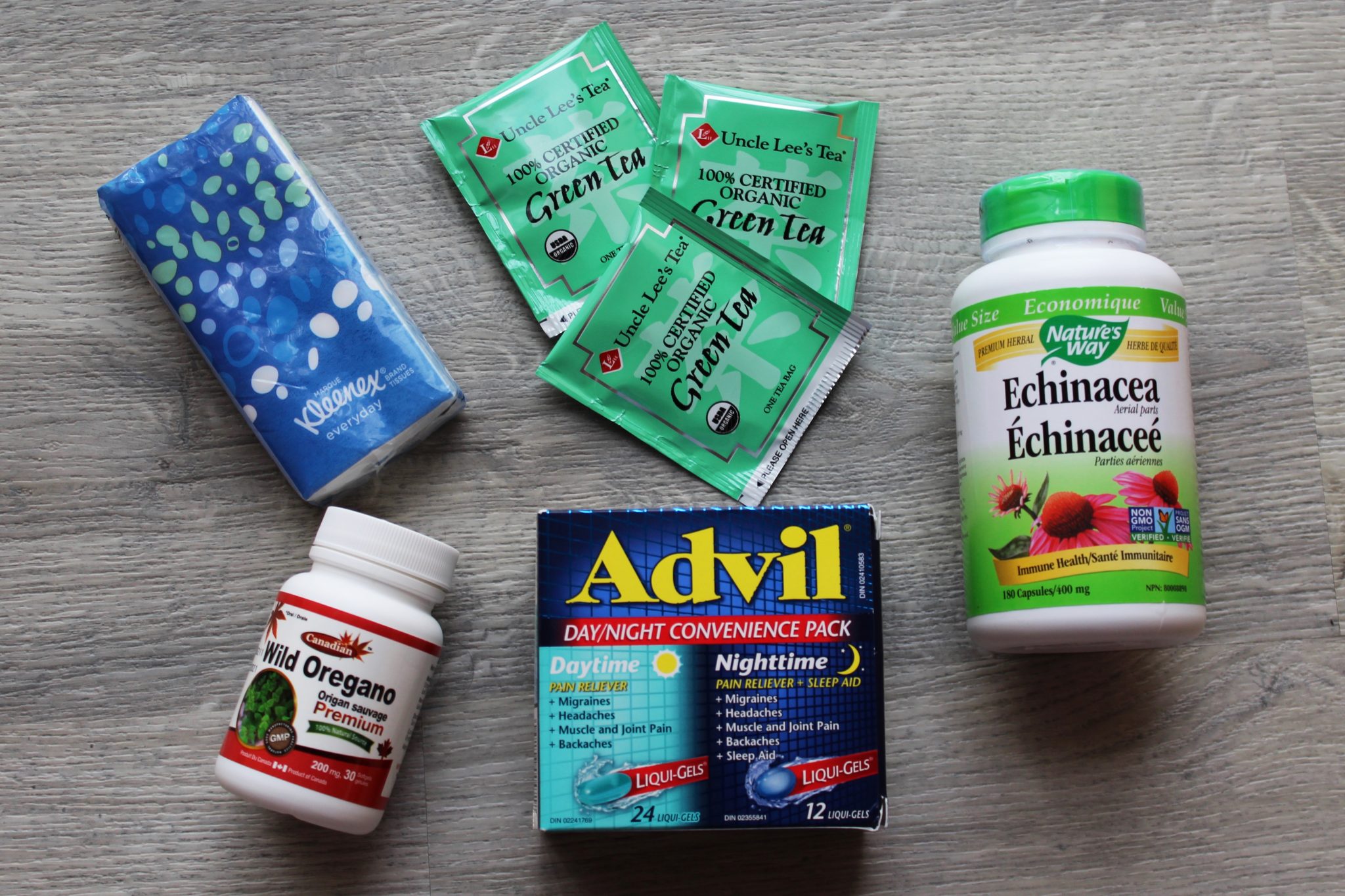Fighting flu season during the COVID-19 pandemic


Amidst a global pandemic, we must not forget about the other illnesses, diseases and viruses that threaten the health of individuals and the larger community.
During the COVID-19 shutdown, non-essential surgeries and medical treatments were put on hold due to the spike in hospitalized coronavirus cases. People were also discouraged from going to the hospital or their family doctor due to the lack of knowledge of COVID-19 and the fear of becoming infected.
This presents a huge problem for those suffering from more well-known ailments, with the potential of conditions worsening from not receiving proper treatment. With medical centres slowly opening up, more people are receiving the medical attention they require.
However, residents in the northern hemisphere are now concerned with the onset of flu season arriving as the weather changes and it starts to get colder. Many people are concerned with determining the difference between a COVID-19 and flu infection, and how to battle the viruses if infected with both simultaneously.
While there are minor differences between these viruses, the easiest way to tell the difference is to get tested if you are showing symptoms. But to prevent these infections altogether, health officials recommend following the COVID-19 protocols and guidelines, and urge people to receive the influenza vaccine.
In the 2018-2019 flu season, only 42 per cent of Canadian adults (over 18 years of age) received an influenza vaccine. Even though over half of Canadian adults don’t typically get their flu shot, members of the Ontario Medical Association say there has been a strong and unprecedented interest in this year’s flu vaccine, particularly among parents.
If you don’t typically get your flu shot, this is definitely something you should look into for the sake of your health and Ontario’s healthcare system.
Healthcare officials encourage people to receive their flu shot so hospitals are not overwhelmed with a double epidemic of flu and coronavirus infections. Hospitalized influenza and coronavirus cases require similar respiratory aids like oxygen therapy and ventilators, thus foretelling a new potential strain on hospital resources.
Global healthcare is worried about its ability to meet the increasing demand for the influenza vaccine, but if we keep up with handwashing, face-coverings and physical distancing, we may not see a sudden spike in either virus.
While the flu season is a direct threat to countries headed for the fall and winter seasons, COVID-19 put a pause on a lot of medical research and initiatives on other diseases, like polio or malaria, that are a direct threat to developing countries.
In a recent interview, Bill Gates stated that the Bill & Melinda Gates Foundation’s initiatives in fighting polio, malaria and poverty have suffered huge setbacks from COVID-19’s impacts on world health and medical research. While Gates has invested a whopping $650 million into fighting COVID-19 and vaccine production, he wants to get back to helping eradicate polio.
Gates announced that Africa is polio-free, but if people are not able to receive a polio vaccine right now, this disease might stick around longer than anticipated. Gates hopes to return to this initiative during the pandemic with the hope that eradicating polio will bring optimism and energize the world during this crisis.
Needless to say, the world needs hope, and hopefully by battling these other illnesses and viruses to the best of our ability, we, as an international body, will have higher hopes in battling and eradicating COVID-19.

